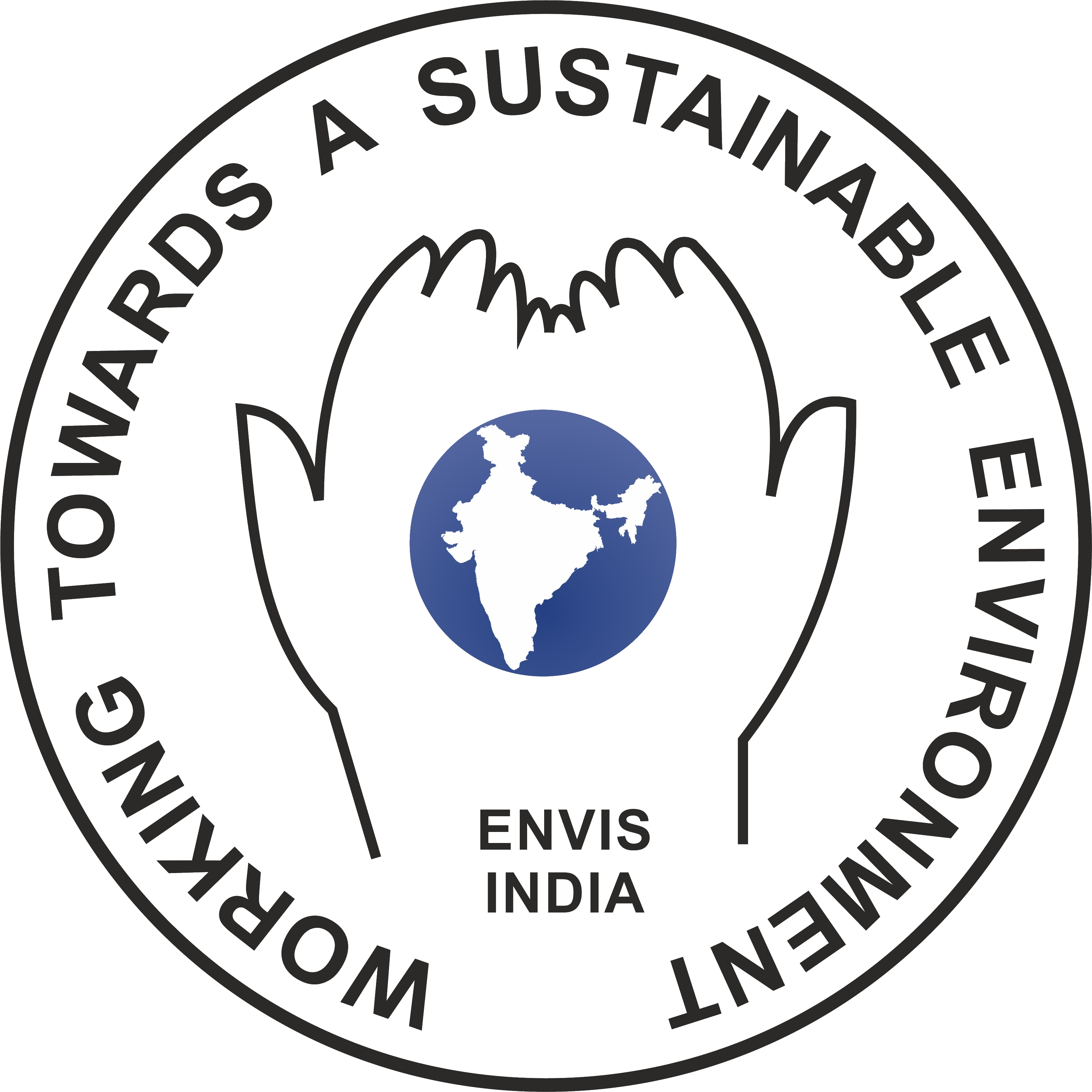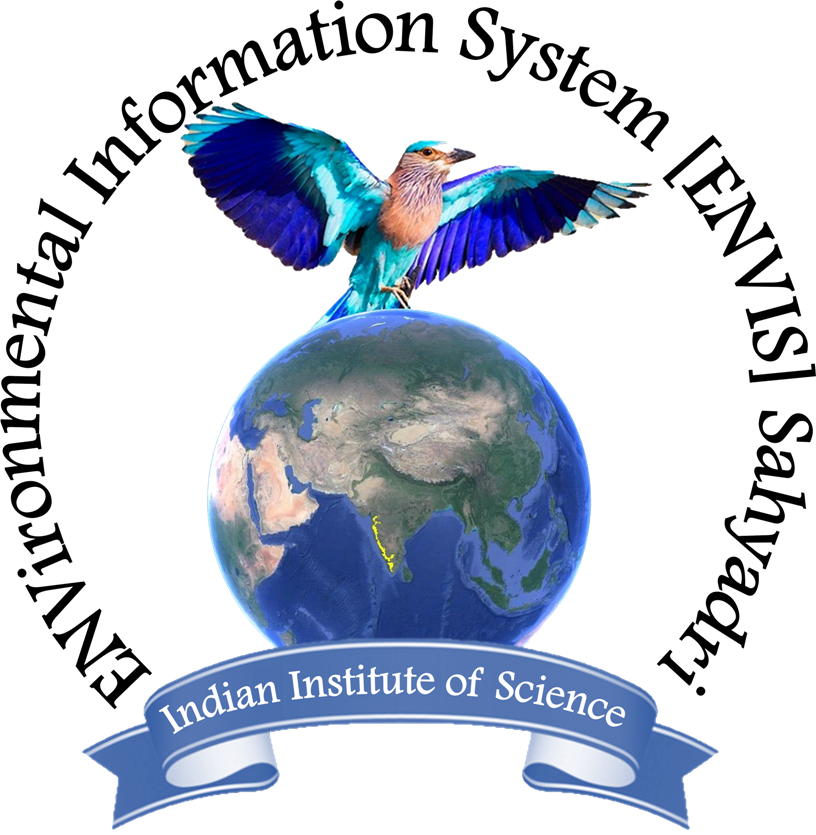Centenary Pond at Indian Institute of Science - Optimal Rain Water Harvesting at Decentralised levelCite
Ramachandra T V
ENVIS[RP], Environmental Information System, Energy and Wetlands
Research Group,
Centre for Ecological Sciences, Indian Institute of Science -
560012
envis.ces@iisc.ac.in
tvr@iisc.ac.in Phone:
080 22933099/22933503
6.0 CONCLUSIONS
A comprehensive spatial database has been developed as a tool in aiding decision making for future development. The GIS is used for design of pond to harvest rain water optimally, considering economic and ecological considerations. The surface water stored in the pond may be used for suitable purposes such as gardening and for meeting the non-drinking water needs of the adjacent buildings.
The low-lying area adjacent on the eastern side is most suitable for the water body. Approximately 1.5 ha of low-lying area is available at this site. About 20,000 m3 of water may be stored in this pond. This site also provides an easy opportunity for diverting a major portion of the storm water generated inside the campus, to the pond. The excess water from the pond may be diverted into the drain going out of the campus through the adjacent CPRI campus.
An outlet drain of size 1.8 m width and 1.2 m height must be provided at a slope of 1 in 1000, and joined to the existing drain on the eastern side leading to the municipal drain along the New BEL road. The invert level of this outlet drain must be the same as that of the inlet drain. It is emphasized that this drain must be of the minimum size mentioned above, and the existing drain that passes through the CPRI campus, to which the outlet drain from the pond is joined must be enlarged to the same cross section (1.8 m x 1.5 m). Adequate care and attention must be focussed on maintenance of clear water in the pond, so that it does not become a source for unhygienic and unpleasant surrounding. Under no circumstances, sewage water and other waste water must be permitted inside the pond.
It is emphasized that a good maintenance of the drainage system is as important as its design and construction. It is necessary that a periodic cleaning of drains, inlets, outlets, culverts etc., is taken up, to remove the muck, weed, solid wastes and other obstacles that may have been deposited, at least once before every monsoon. Like any other service facility, the system will work well when it is needed the most only if it is maintained well even when it is not needed.
ACKNOWLEDGEMENT
I thank the Ministry of Environment and Forest, Government of India and IISc for financial assistance and infrastructural support. I acknowledge M/S Intergraph and Rolta India Ltd. for providing GIS softwares Geomedia Professional 5.1 and Geomedia Grid, which helped in creating vector layer and DEM. We thank Mr. Praveen Kumar Gautam (M/S Intergraph Rolta India Ltd.) for the software support.
ABBREVIATIONS
BEL- Bharath electronics limited
CPRI-Central power research institute
INSDOC-Indian national scientific documentation centre
ISRO-Indian space research organization
JNCASR-Jawaharlal Nehru centre for advanced scientific research
KV-Kendriya vidyalaya
NDVI- Noramalized difference vegetation index
NIAS- National institute of advanced studies
TIFR- Tata institute for fundamental research


 Sahyadri ENews Issues: I - LXXVIII
Sahyadri ENews Issues: I - LXXVIII
